Causes, Risk Factors, And Complications Of Cellulitis
If it's not treated, cellulitis, a common bacterial skin infection, has the potential to be serious. When an individual contracts cellulitis, the affected skin tends to be red and swollen. It will typically feel warm and tender or painful to touch. Most commonly, cellulitis affects the skin on the lower legs and feet. However, it can occur on any part of the body, including the arms, face, chest, and other areas. Cellulitis develops when a break or crack in the skin allows bacteria inside. It's rare for cellulitis to be spread from individual to individual, and it shouldn't be treated as a contagious disease. If the condition isn't treated, the bacteria can spread to the bloodstream and lymph nodes, which can cause life-threatening complications.
Read about the major causes of cellulitis now.
Bacterial Infection

Cellulitis is ultimately caused by a bacterial infection. When individuals get a cut, scrape, or abrasion, bacteria can enter through the wound and multiply, which is what causes cellulitis. Individuals can reduce their risk of developing cellulitis after a wound by cleaning and bandaging the site to keep out infection. The swelling and redness from the bacterial infection typically occur around the original site of the wound, but they may begin to spread quickly. Fast-spreading redness and tenderness is an indication the infection is progressing to a point that requires emergency treatment. Cellulitis usually occurs on the skin's surface, but sometimes the bacteria can affect the underlying tissues. Because the condition is caused by bacteria, it's typically treated with a course of antibiotics. The antibiotics might be prescribed for anywhere from five to fourteen days, depending on needs. If the condition has become serious enough, patients might require IV treatment in a hospital. This typically occurs when the bacteria has begun spreading to other areas of the body.
Weakened Immune System

Individuals who have a weakened immune system have a higher chance of developing cellulitis than others. When the bacteria from the infection enter the skin, the immune system will typically go to work destroying them. Many individuals may have bacterial infections destroyed by their immune systems before they develop symptoms. But when someone already has a weakened immune system, their body might not be able to fight off infections a healthy immune system could manage. In this manner, a weakened immune system heightens an individual's risk factor. If patients have an autoimmune disease or other diseases that weaken their immune system, they might need a longer course of antibiotics. It's important, therefore, for patients to tell their doctor about their medical history, including any autoimmune diseases they have. The same is true of the medications they take, as some medications can compromise the patient's immune system. Individuals with rheumatoid arthritis, lupus, and certain types of cancers may have a higher risk of cellulitis. In addition, when they do develop cellulitis, the condition may spread more rapidly than in others.
Skin Conditions
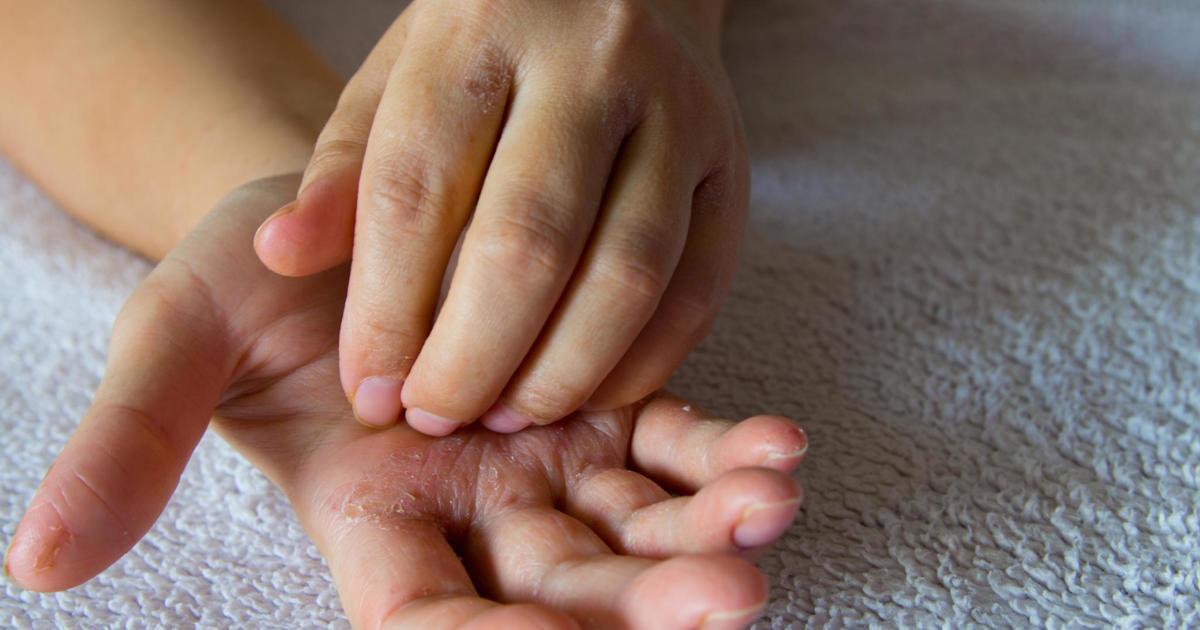
Having certain skin conditions can increase an individual's risk of developing cellulitis. We know cellulitis occurs when bacteria enter a cut, scrape, break, or lesion in the skin. If individuals have skin conditions that cause frequent breakages in the skin, there are more chances for bacteria to enter. Like with any abrasion, the best way to prevent cellulitis is by treating the wounds and bandaging them to prevent infection. This isn't always possible with widespread abrasions, though, especially because individuals might not even notice they have them at the time. Some of the conditions that increase the chances of cellulitis are shingles, athlete's foot, and eczema. Eczema can cause the skin to become dry and cracked, and the same is true of athlete's foot. Shingles causes painful blisters that tend to occur on one side of the body. When the blisters pop or break, they can create abrasions that can easily become infected. In the same manner, having open wounds or burns also increases an individual's chances of developing cellulitis as they heal.
Lymphedema
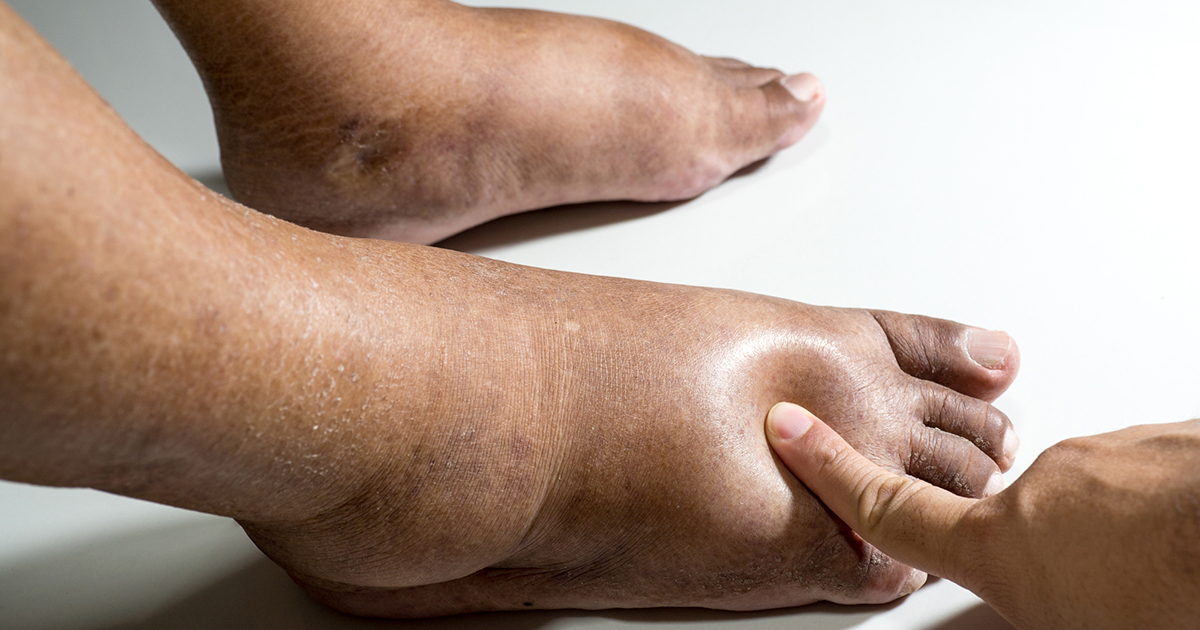
Lymphedema is the medical term for swelling in an arm or leg, though there have been cases where the swelling occurs in both arms or legs. This condition can increase an individual's chances of developing cellulitis, though it doesn't cause the infection by itself. The most common cause of lymphedema is the damage to or removal of lymph nodes, which occurs as part of cancer treatment. Lymphedema occurs when the lymphatic system, which is part of the immune system, is blocked. With this blockage, it's difficult for lymphatic fluid to drain properly, which leads to swelling in the limbs. Lymphedema doesn't currently have a cure, but as long as it's diagnosed early, it can be managed by taking diligent care of the affected limb. If individuals contract cellulitis, they might have a more severe infection or experience the further moving of the infection due to the compromised immune system. Lymphedema tends to occur with swelling, a restricted range of motion, feelings of tightness or heaviness, aching, and potential discomfort.
History Of Cellulitis
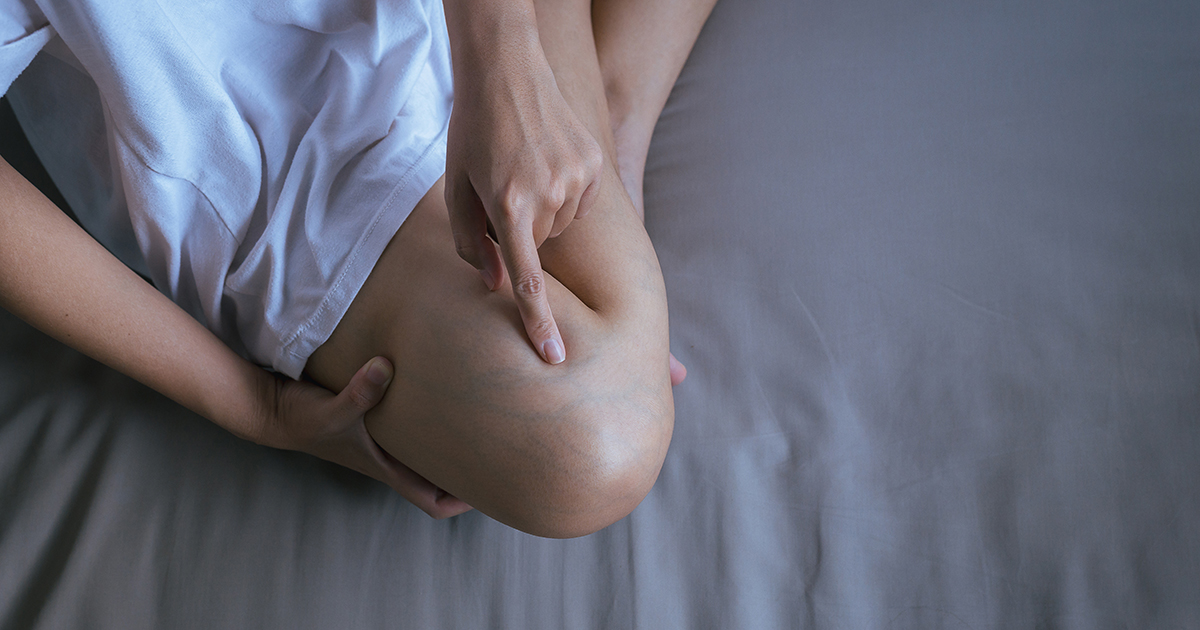
If patients already have a history of cellulitis, they're more likely to develop it again. When cellulitis occurs multiple times in the same individual, it is called recurrent cellulitis. Several factors can contribute to recurrent cellulitis. One is if a patient doesn't finish the course of antibiotics they're given for their first case of cellulitis. Some studies have shown in adults who have had at least two cases of cellulitis, long-term antibiotic courses help reduce the risk of developing the condition again. However, the risk seems to be reduced only as long as the antibiotics are being used. Patients might also have a risk of developing cellulitis again if they are at high risk for it. For example, if patients have a skin condition or a condition that causes poor circulation, they may have multiple cellulitis cases simply by chance.
Obesity

Patients with obesity have an elevated risk of developing cellulitis. Under current guidelines, obesity is defined as having a body mass index of thirty or above. Some doctors may use body fat percentage and waist circumference to get a more complete understanding of a patient's weight status. Generally, women with a body fat percentage of thirty-two percent or higher or a waist circumference of over thirty-five inches are classified in the obese range. For men, obesity is classified as having a body fat percentage of twenty-six percent or higher or a waist circumference over forty inches. Obese individuals may find it helpful to work with a nutritionist on healthy meal planning, and it could be beneficial to join a support group for patients trying to lose weight. If appropriate, doctors might consider prescribing medication that can help with weight loss.
Eczema
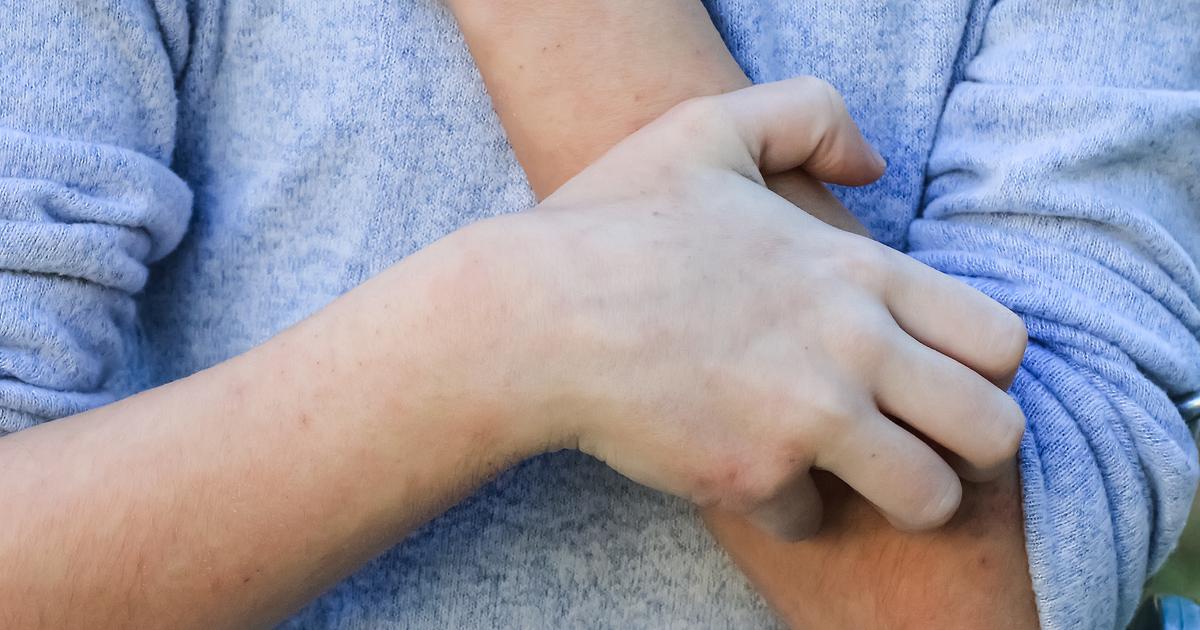
Eczema is a skin condition that causes itching and inflammation. Patients with this condition typically have dry skin that may have rough or scaly patches, and some areas could be red. The skin may ooze or swell, and areas of crusting might develop. Patients may have areas of broken skin that could serve as entry points for bacteria, and this increases the risk of cellulitis. Eczema is most common in infants and children, and it affects up to three percent of adults in the United States. A physical examination of the skin is usually sufficient to diagnose eczema, and a patch test may be recommended in some cases. To treat eczema, patients often use corticosteroid creams and ointments. These are generally used for a short period. Oral antihistamines such as loratadine and fexofenadine can ease itching, and dermatologists may recommend light therapy sessions for some patients. Light therapy helps reduce and clear eczema patches, and it assists in the prevention of bacterial skin infections too.
Athlete's Foot

Athlete's foot is a fungal infection that often starts between the patient's toes. Individuals with this condition may develop an intensely itchy red and scaly rash. Some types of athlete's foot also cause ulcers and blisters. Itching tends to be most severe immediately after the patient removes their shoes and socks. Athlete's foot is a contagious infection, and it easily spreads through contact with contaminated towels, shoes, and floors. As with eczema, scratching the site of an athlete's foot infection may create an entry point for bacteria, and this increases a patient's risk of contracting cellulitis. Patients may spread the infection to their hands or other parts of the body if they touch the infected area, and they can transmit it to others by walking barefoot on a floor or by sharing towels, socks, shoes, and other items that have touched the infected site with others. Athlete's foot is treated with antifungal creams and sprays that are available over the counter. If these treatments don't clear the infection, the patient may need a prescription-strength topical treatment or oral antifungal medicine. To prevent athlete's foot, doctors advise patients to change their socks regularly and to go barefoot at home so the feet can air out. It is important to dry the areas between the toes carefully after a bath or shower. Patients may want to alternate the pairs of shoes they wear, and waterproof shoes should be worn in public places such as gyms, pools, showers, and locker rooms.
Shingles
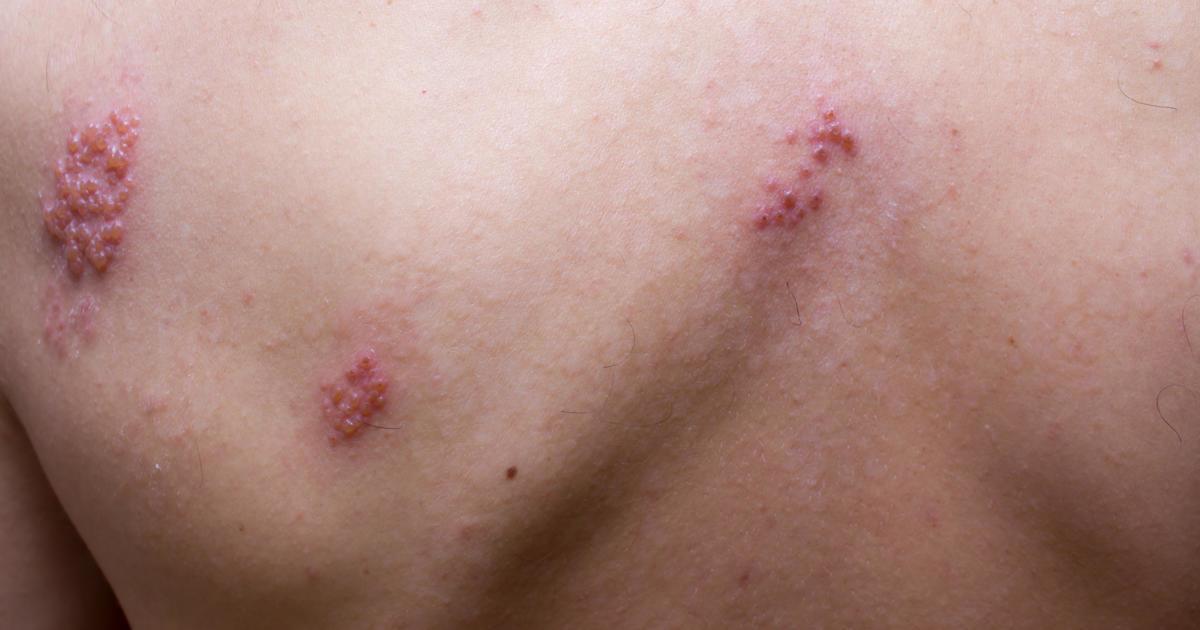
Shingles is an infection caused by the varicella-zoster virus. Patients with this infection typically experience symptoms on one side of their body. They might notice itching, sensitivity to touch, numbness, pain, and tingling at the infection site. Pain is often the first symptom of shingles, and a red rash tends to appear a few days after the pain begins. Blisters filled with fluid could occur, and these may break open before crusting over. When the blisters break, this creates an entry point for bacteria, including the bacteria that can cause cellulitis. The torso is the most common area of the body impacted by shingles, and it can occur anywhere on the body. If it develops near the eyes, the patient might need to be monitored by an ophthalmologist. Patients with shingles may also have a fever or headache, and they could feel very fatigued. Several vaccines are available to reduce a patient's risk of shingles, and these are usually recommended for individuals over fifty years old. If a patient does develop shingles, they may be given pain relievers and antiviral drugs such as acyclovir or valacyclovir. Shingles infections tend to last between two to six weeks, and most individuals only get shingles once.
Necrotizing Fasciitis
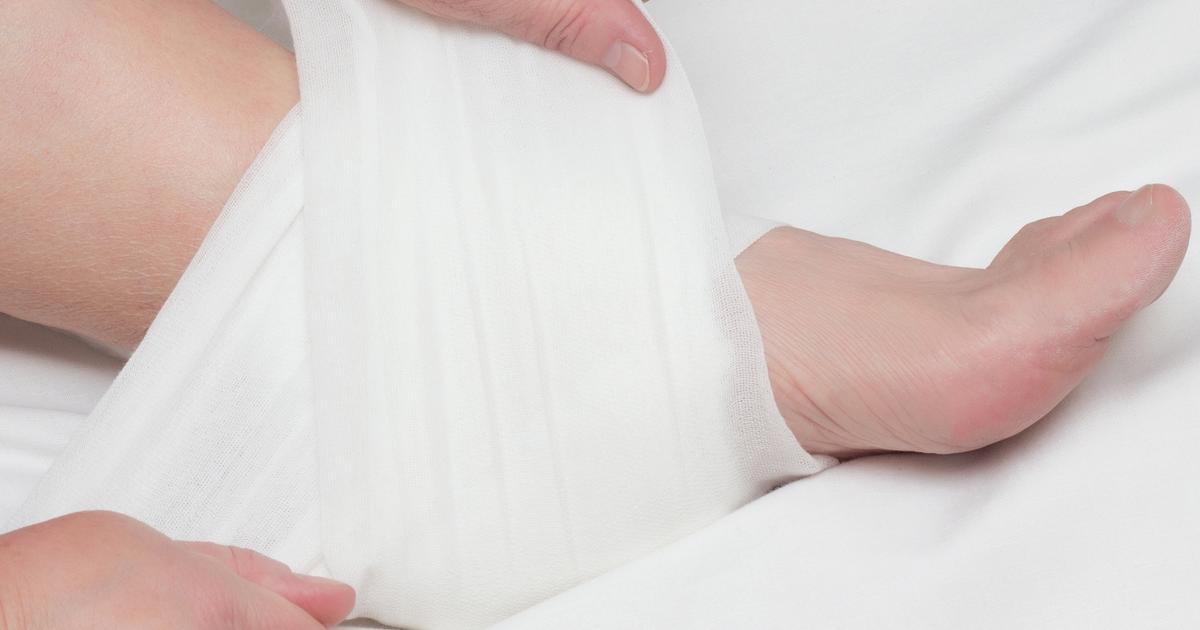
Necrotizing fasciitis is an infection of the deep layers of the skin, and it is considered a rare complication of cellulitis. This complication is a medical emergency that may become life-threatening, and patients who display potential symptoms of necrotizing fasciitis should seek emergency medical care immediately. At first, patients with necrotizing fasciitis may notice a painful tiny and red bump. It will quickly increase in size, and the skin could feel warm. Fatigue, weakness, fever, nausea, and vomiting may be present, and patients might have decreased urination. As the infection worsens, blisters and black dots could form on the skin, and there may be oozing or skin discoloration. The skin is often very painful in the initial stages. Blood tests, skin biopsies, and imaging studies may be needed for a diagnosis. Treatment for this condition includes intravenous antibiotics, and doctors have to remove dead tissues immediately to stop the spread of the infection. Amputation is sometimes necessary.
